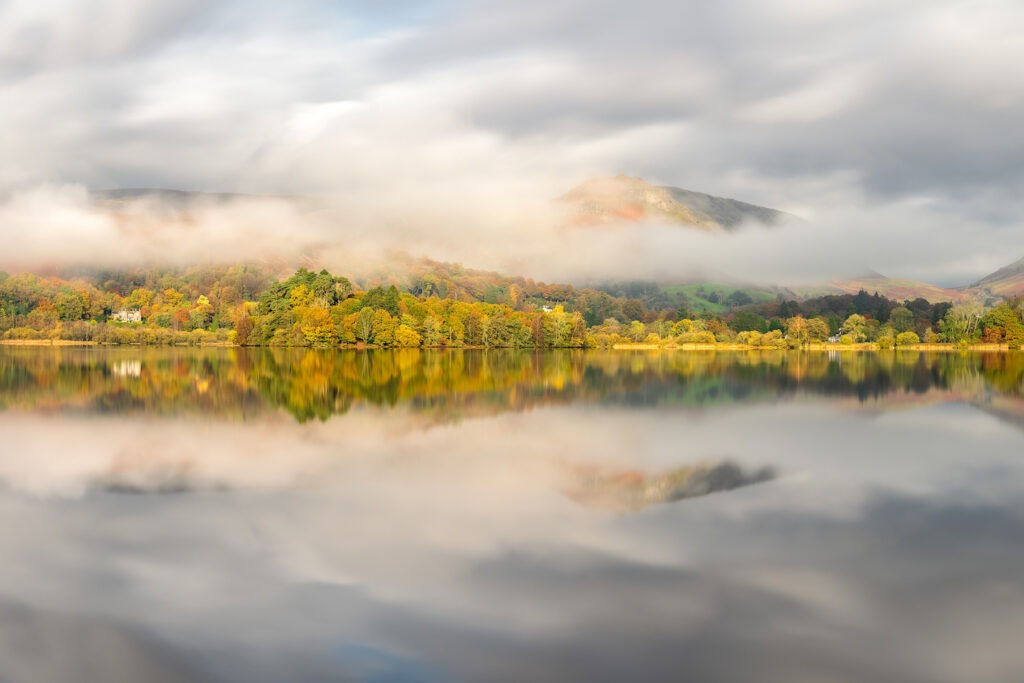Autumn is a magical time for landscape photographers. The natural lull of summer many of us experience gives way to eager anticipation. We look forward to the transition of colours, the softer and more changeable light, and most importantly, more sensible shooting hours. However, it’s not without its challenges. Our often romanticised vision of what autumn might look like can be somewhat different to the reality.
In the UK, our seasons are fragile and hugely changeable. Autumn in particular can vary wildly from year to year, particularly the timings of the colour changes and the amount of foliage that remains on the trees. One spell of wild and windy weather can ruin our best-laid plans. For this reason, I try to be open-minded when it comes to autumn. I don’t put too much expectation on what the weather might bring.
Each autumn is unique and brings its own set of challenges and opportunities, so I try to adopt a flexible attitude and enjoy the natural ebb and flow from year to year.

Stuart’s 10 tips for shooting autumn landscapes
1 Be realistic with your expectations. Autumn is fleeting and changeable, so keep an open mind and be flexible in your approach. Not every image requires mist.
2 Keep in mind the timeline of colour transition with the different types of trees.
3 Cloudy days are your friend – soft light flatters autumn tones.
4 Wet weather can be great. Unusually high water levels can make for interesting subjects around the water’s edge (sunken trees, fence posts, rocks etc).
5 Monitor the changes in colour and leaf drop closely. Autumn is often about capitalising on small windows of time and conditions, and colour can change dramatically in just a few days.

6 Don’t try to reinvent the wheel. If you’ve got great conditions, go and shoot that classic location you’ve always wanted to.
7 Wellies and an umbrella are an absolute must – be prepared for changeable conditions.
8 A polarising filter is an essential item to have for autumn and the one filter that can’t be replicated in post-processing.
9 Look under your feet – fallen leaves can provide an abundance of subjects to shoot when the bigger scene isn’t working.
10 Prepare for mist. Clear overnight conditions (ideally after a period of rainfall) with high humidity during a period of high pressure will give you a great chance to shoot in misty conditions.
Read Stuart’s full, in-depth article in OP 323.

